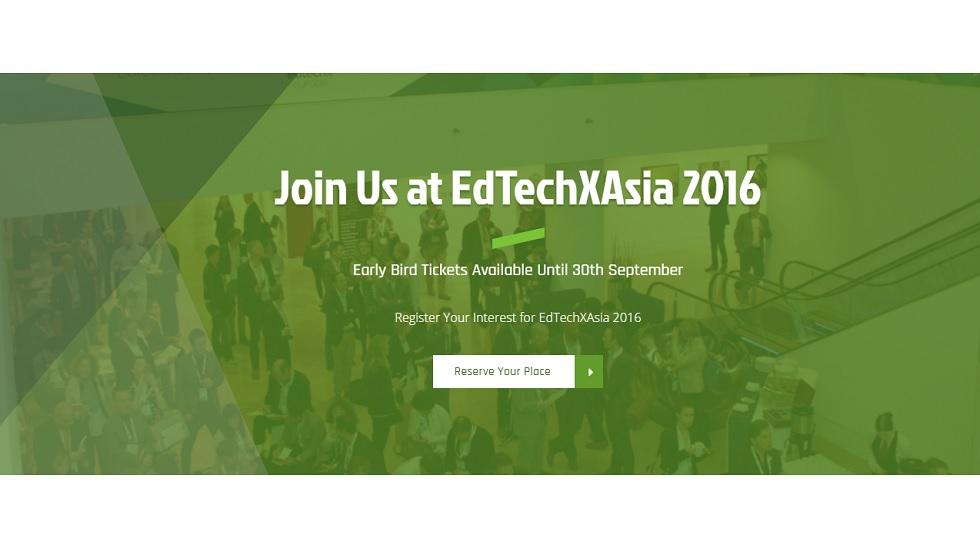Technology has had a profound and continuing impact on the way daily lives are led, aided by the rapid rate of mobile adoption and emphasis on digital experiences.
This impact has also filtered into education in the 21st century, transforming how learning is approached and evolving methods of training. More than ever before, traditional education barriers are now overcome, giving rise to a new reality of on-demand learning that can be customised to individual needs. The greatest change is that technology has levelled the education playing field and democratised the search for knowledge.
And nowhere is this more apparent than in Southeast Asia — a mobile-first market with penetration expected to grow five times between 2013 and 2019, and mobile data consumption to grow more than eight times, according to the 2016 Global EdTech Report. The current crop of students and professionals who want to study and develop their skills are no longer limited by geography or hardcopy content resources.
Breaking down barriers in education
Case in point, students living in the rural areas of the Philippines and Indonesia previously experienced physical constraints – either confined to local schools or had learning resources restricted to available textbooks. With the power of the Internet, geographical barriers have been broken and has freed learning from the physical classroom. Educational development is now as vast as the worldwide web with 95 percent of students in the Philippines and Indonesia now using devices to complete classroom lessons. Due to mobile devices, learning on-the-go has become a norm – bringing education closer to those who previously had limited access to it.
From individual and professional development standpoints, subject barriers are also wearing down. Interest in a particular topic used to mean finding the nearest institution to get the required training. However, content has democratised to the extent that students can now access multiple resources and develop their customised learning journeys. Online modules are but a simple click away – paid or free – from established institutions all over the world. Furthermore, students are not relegated to one topic but can benefit from a plethora – and choose to be as specialist or generalist as they require.
Another barrier being struck off the list is the channel barrier or the different modes of teaching. For teaching and training professionals, the reach of technology has resulted in more customised modules, methods and multiple channels on a much wider scale. Whether an educator or student, a wide range of tools and platforms exist and can be utilised to achieve goals.
Forging social learning
Education in the 21st century has grown above and beyond traditional means and scope – allowing for learning anywhere and anytime. Through widespread connectivity, technology has enabled first-hand knowledge transfer within countries and experts. This has created a collaborative learning ecosystem that goes beyond the mere sharing of documents over emails. As a result of this change in the landscape, peer-to-peer learning is another pillar in the education stack and this has been quickly embraced by students, teachers, professionals and trainers.
Whether it’s brainstorming ideas, developing solutions, or best-practice sharing and exchange of content; peer-to-peer learning fosters a talent-centric culture focused on growth as well as drives motivation. Through greater exposure outside current networks, experts from different backgrounds can share and develop ideas, strengthen bonds and stimulate collaboration. This globalisation benefits students, teachers, trainers as well as the education ‘platform’ operators. As geographical borders become irrelevant, there lies a bigger opportunity for them to compete and scale globally.
Unlocking the key
It’s clear that technology has enabled democratised learning as well as allowed educational approaches to be re-evaluated and scaled beyond limits. However, the overarching benefit of democratised learning is the result that education is inclusive to all and without boundaries. As new technology emerges, it is essential that new tools are adapted and incorporated into curricula to further the far-reaching potential of democratised learning into the next century.
